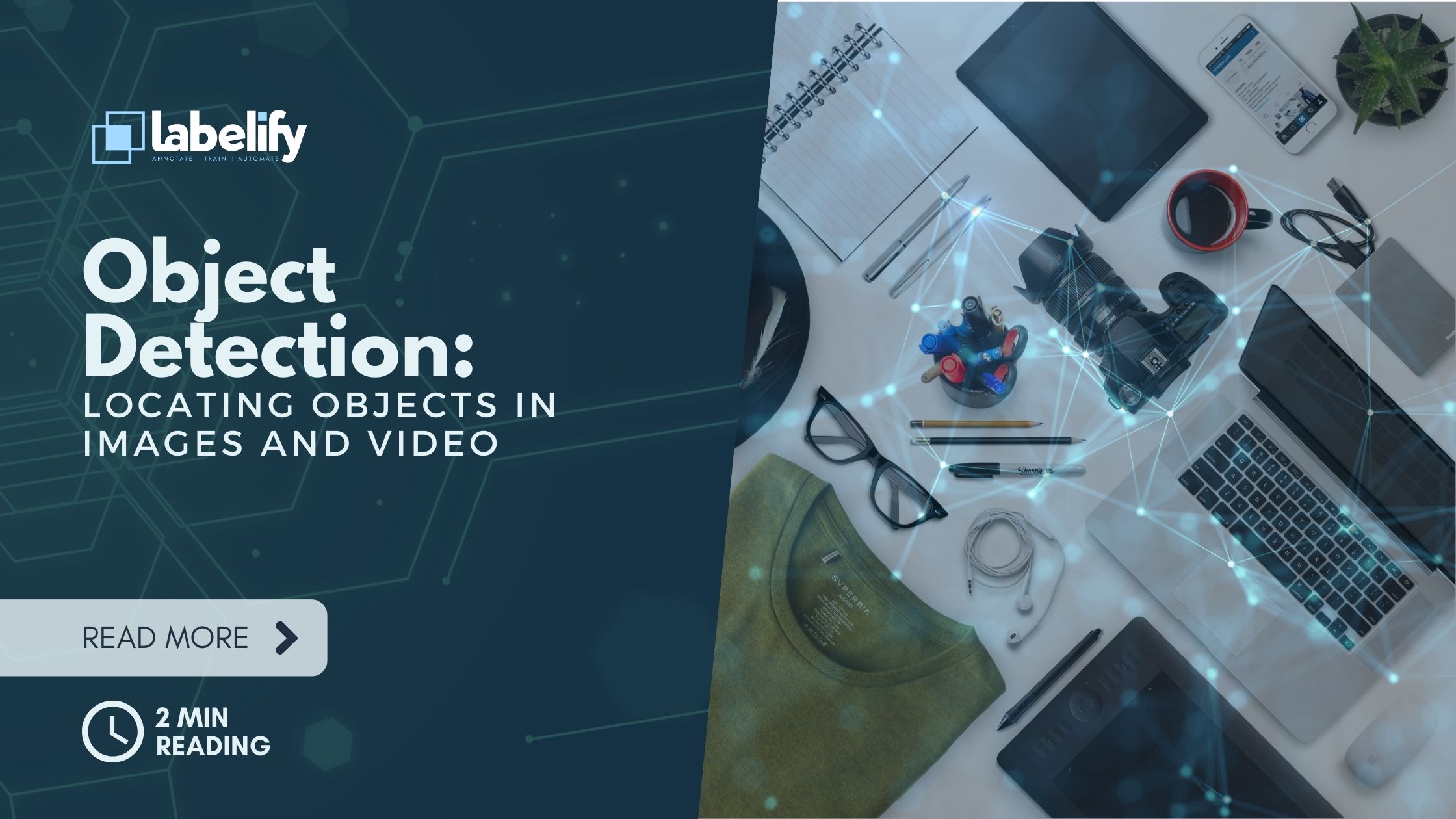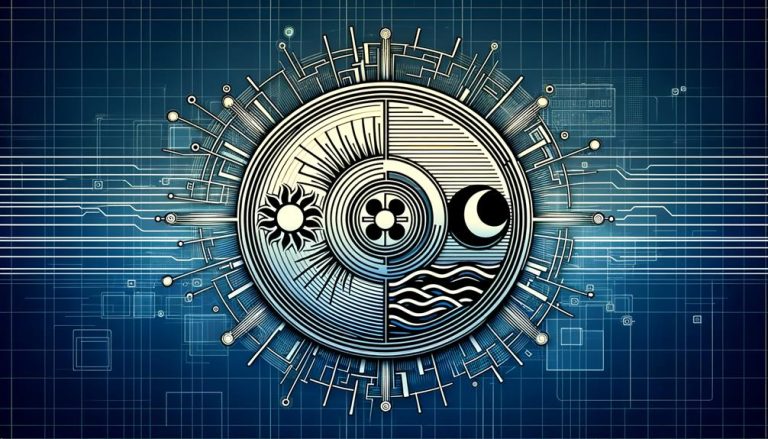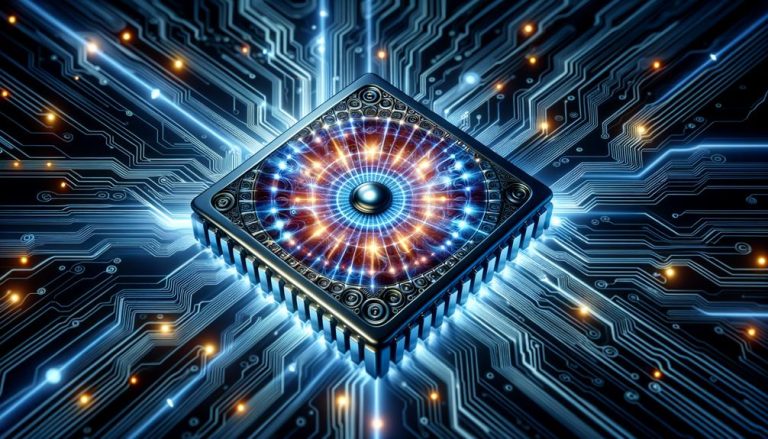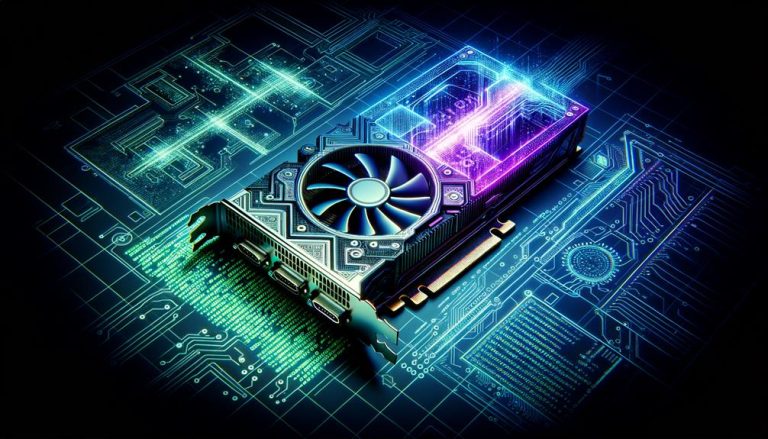Welcome to our groundbreaking journey into the world of object detection, where we unveil the future of this transformative technology.
We are about to witness a revolution in the way we identify and label objects within images, videos, and live footage. By harnessing the power of deep learning and transformer-based models, we are breaking free from traditional approaches and discovering new possibilities.
Join us as we liberate object detection and explore its limitless potential in various industries.
Get ready to be amazed!
Principais conclusões
- Object detection has evolved with the advent of deep learning, replacing traditional manual feature extraction methods.
- Deep learning approaches, such as two-stage and one-stage detectors, have revolutionized object detection using convolutional neural networks.
- Transformers, like vision transformers (ViTs) and DETR, have made significant advancements in object detection by capturing long-range dependencies and intricate patterns in visual data.
- While transformers offer scalability and generalization, they also have limitations in terms of computational requirements and data dependency.
Traditional Object Detection Approaches
In our exploration of object detection, let's delve into the realm of traditional approaches that have shaped the field.
Traditional object detection techniques were the foundation of this domain before the advent of modern methods. These approaches relied on hand-engineered feature extraction methods, such as the Harris corner detector, SIFT, SURF, HOG descriptors, Viola-Jones object detection framework, and deformable part models (DPM).
However, traditional methods faced challenges in accurately detecting objects due to the limitations of manual feature extraction and the lack of robustness against variations in scale, viewpoint, and lighting conditions.
Despite their limitations, traditional approaches paved the way for the development of modern object detection techniques, which leverage the power of deep learning and convolutional neural networks (CNNs) to achieve remarkable accuracy and efficiency.
The transition from traditional to modern techniques marked a significant paradigm shift in the field of object detection.
Deep Learning for Object Detection
We are now unveiling the future of object detection through deep learning. With the advent of deep learning approaches, object detection has reached new heights of scalability and real-time capabilities.
Here's what you need to know:
- Scalability Challenges: Deep learning models for object detection have the ability to handle large datasets like COCO, allowing for more diverse and accurate detection. However, this scalability comes with computational requirements and a need for powerful hardware for training.
- Real-Time Object Detection: Deep learning models have made significant advancements in achieving real-time object detection. One-stage detectors like SSD and RetinaNet predict multiple bounding boxes and class scores in one pass, making it possible to detect objects in real-time applications.
Through deep learning, we're empowering object detection to liberate us from scalability challenges and enable real-time detection, revolutionizing the way we interact with visual data.
Two-Stage Object Detectors
Continuing our exploration of deep learning for object detection, let's delve into the realm of two-stage object detectors. These detectors have revolutionized the field by improving accuracy in object detection tasks. Unlike one-stage detectors that predict bounding boxes and class scores in a single pass, two-stage detectors follow a two-step process. First, they generate a set of region proposals using methods like selective search or region proposal networks (RPN). Then, they classify and refine these proposals to obtain the final detection results. This two-stage approach allows for more accurate localization and better handling of occlusions. However, it comes with limitations in real-time applications due to its computational complexity. The table below summarizes the characteristics of two popular two-stage detectors: Faster R-CNN and Mask R-CNN.
| Detector | Speed | Accuracy |
|---|---|---|
| Faster R-CNN | Moderate | High |
| Mask R-CNN | Moderate | High |
These two-stage detectors have significantly advanced object detection, but their computational demands make them less suitable for real-time applications. Efforts are being made to address these limitations and make two-stage detectors more efficient. As we push the boundaries of deep learning, we envision a future where improved two-stage object detectors will provide even higher accuracy while simultaneously meeting the real-time demands of various applications.
One-Stage Object Detectors
Let's now explore the realm of one-stage object detectors, which build upon the advancements made by two-stage detectors. These detectors have made significant advancements in improving object detection accuracy through the use of novel techniques.
Here are three key advancements in one-stage detectors:
- Feature Pyramids: One-stage detectors now incorporate feature pyramids to capture multi-scale information within an image. By extracting features at different resolutions, these detectors can accurately detect objects of varying sizes.
- Anchor-Free Detection: Traditional one-stage detectors relied on anchor boxes to predict object locations. However, recent advancements have introduced anchor-free detection methods that directly predict object bounding boxes without the need for anchors. This approach improves localization accuracy and reduces the complexity of the detection process.
- Contextual Information: One-stage detectors now leverage contextual information to enhance object detection. By considering the relationships between objects and their surroundings, these detectors can better understand the context in which objects appear, leading to improved accuracy.
With these advancements, one-stage detectors are revolutionizing object detection by pushing the boundaries of accuracy and efficiency. The future of object detection is brighter than ever, offering liberation from the limitations of previous methods.
Transformer-Based Object Detection Models
Building upon the advancements made in one-stage object detectors, we now delve into the realm of transformer-based object detection models. As the future of object detection unfolds, these models bring a new wave of innovation and liberation. The training process of transformer-based object detection models involves leveraging the self-attention mechanism to capture intricate patterns and long-range dependencies in visual data. This allows for a more comprehensive understanding of objects in images, videos, and live footage. In comparison with traditional approaches, transformer-based models exhibit scalability and improved generalization, making them suitable for a wide range of tasks. To evoke emotion and captivate the audience, let's explore the training process and compare transformer-based models with traditional approaches in the following table:
| Transformer-Based Models | Traditional Approaches |
|---|---|
| Utilize self-attention mechanism | Rely on manual feature extraction |
| Capture long-range dependencies | Limited in capturing intricate patterns |
| Scalable and easily improved | Limited scalability and improvement potential |
| Generalize well with sufficient data | Require specific data for optimal performance |
With these advancements, transformer-based object detection models pave the way for a future where object detection is liberated from constraints, empowering us to perceive the world with unprecedented clarity.
Advantages of Transformers in Object Detection
As we delve into the advantages of transformers in object detection, we can see how these models revolutionize the field by harnessing the power of the self-attention mechanism and capturing intricate patterns and long-range dependencies in visual data.
The advantages of transformers in object detection are truly remarkable:
- Superior Performance: Transformers outperform traditional methods by effectively modeling complex relationships and capturing fine-grained details in visual data. They excel in tasks that require understanding intricate patterns and long-range dependencies.
- Flexibility and Adaptability: Transformers are highly versatile and can be easily adapted to various object detection tasks. Their ability to learn from large datasets and generalization power make them suitable for a wide range of applications.
- Future Applications: Transformers in object detection hold immense potential for the future. They can be applied in fields such as autonomous vehicles, surveillance systems, medical imaging, and robotics, enabling breakthroughs in safety, efficiency, and accuracy.
With transformers leading the way, the future of object detection is set to be liberated from the constraints of traditional methods, unlocking new possibilities and pushing the boundaries of what's achievable.
Limitations of Transformers in Object Detection
However, it is important to acknowledge the limitations of transformers in object detection. While transformers have revolutionized computer vision and brought significant advancements to object detection, they are not without challenges. One of the main challenges in transformer-based object detection is the computational requirements. Transformer models for vision are computationally heavy and demand large datasets and powerful hardware for training. Additionally, transformers have a high dependency on data, meaning that they require a large amount of annotated training data to achieve optimal performance. This can be a limiting factor, especially in domains where labeled data is scarce. Despite these limitations, the impact of transformers on object detection performance cannot be ignored. They have paved the way for more accurate and efficient detection systems, pushing the boundaries of what is possible in computer vision.
| Challenges in Transformer-based Object Detection | Impact of Transformers on Object Detection Performance |
|---|---|
| High computational requirements | Improved accuracy and efficiency |
| Dependency on large annotated datasets | Pushing the boundaries of computer vision |
Object Detection Applications in Medicine and Retail
In our exploration of object detection, we've already acknowledged the limitations of transformers in this field, but now let's delve into the exciting applications of object detection in medicine and retail.
- Object detection in medicine:
- Radiology: Object detection technology can significantly reduce the time spent analyzing ultrasound scans, x-rays, MRI scans, and CT scans, improving efficiency and accuracy in diagnosis and treatment.
- Object detection in retail:
- Inventory management: Object detection enhances inventory management in retail stores by eliminating manual inventory checks and enabling smart inventory management systems.
- Cashier-less shopping: Object detection technology can enable a cashier-less shopping experience, transforming the way we shop and liberating us from long queues.
The applications of object detection aren't limited to medicine and retail. It has the potential to revolutionize transportation by improving road safety and traffic management, as well as in agriculture by optimizing crop monitoring and yield prediction.
The future of object detection is filled with endless possibilities, empowering us to reimagine and reshape various industries.
perguntas frequentes
What Are the Traditional Approaches Used for Object Detection Before the Advent of Deep Learning?
Before the advent of deep learning, traditional approaches were used for object detection. These methods relied on manual feature extraction techniques such as the Harris corner detector, SIFT, SURF, HOG descriptors, Viola-Jones object detection framework, and deformable part models (DPM).
These hand-engineered methods laid the foundation for object detection, but the emergence of deep learning revolutionized the field. Deep learning approaches, using convolutional neural networks, brought automated learning to object detection, paving the way for more accurate and efficient detection algorithms.
How Do Deep Learning Models for Object Detection Differ From Traditional Approaches?
Deep learning models for object detection differ from traditional approaches in several ways.
One significant advantage is their ability to automatically learn features from large datasets, eliminating the need for manual feature extraction. This makes deep learning models more scalable and adaptable to different tasks.
On the other hand, traditional approaches relied on hand-engineered feature extraction methods, which limited their flexibility and required extensive manual effort.
However, deep learning models also have limitations, such as their computational requirements and dependence on large datasets and powerful hardware.
What Are Some Examples of Two-Stage Object Detectors in Deep Learning?
Some examples of two-stage object detectors in deep learning include RCNN, Fast-RCNN, and Faster-RCNN. These models have been widely used for object detection tasks.
They first propose potential object regions and then classify those regions using a separate network.
While these two-stage detectors have shown good performance in terms of accuracy, they can be computationally expensive and require large amounts of training data.
However, advancements in deep learning continue to address these limitations and improve the performance of object detection models.
Can You Provide Examples of One-Stage Object Detectors in Deep Learning?
Sure, let's talk about one-stage object detectors in deep learning.
One-stage detectors, like SSD and RetinaNet, are models that predict multiple bounding boxes and class scores in one pass. They're efficient and perform well in real-time applications.
However, they may struggle with accuracy and precise localization compared to two-stage detectors.
To address this, techniques like feature pyramid networks and instance segmentation have been incorporated into one-stage detectors, pushing the boundaries of object detection and paving the way for more advanced and accurate models in the future.
How Do Transformer-Based Models Contribute to Object Detection and What Is Their Advantage Over Other Approaches?
Transformer-based models in computer vision have revolutionized object detection by providing significant contributions and advantages over other approaches.
These models, such as DETR and Swin transformer, utilize the self-attention mechanism to capture intricate patterns and long-range dependencies in visual data.
The advantages of transformer-based models in object detection include scalability, improved generalization to different tasks, and the ability to handle large datasets.
However, they do require powerful hardware and computational resources for training due to their heavy computational requirements.
Conclusão
As we wrap up our exploration of object detection, we can't help but be awestruck by the future that lies ahead. With the rise of deep learning and the introduction of transformer-based models, the possibilities are endless.
These advancements promise more accurate and efficient detection, opening doors for transformative applications in industries like medicine and retail.
Brace yourselves, for object detection is on the brink of revolutionizing the way we perceive and interact with the visual world. The future is truly unveiled.




